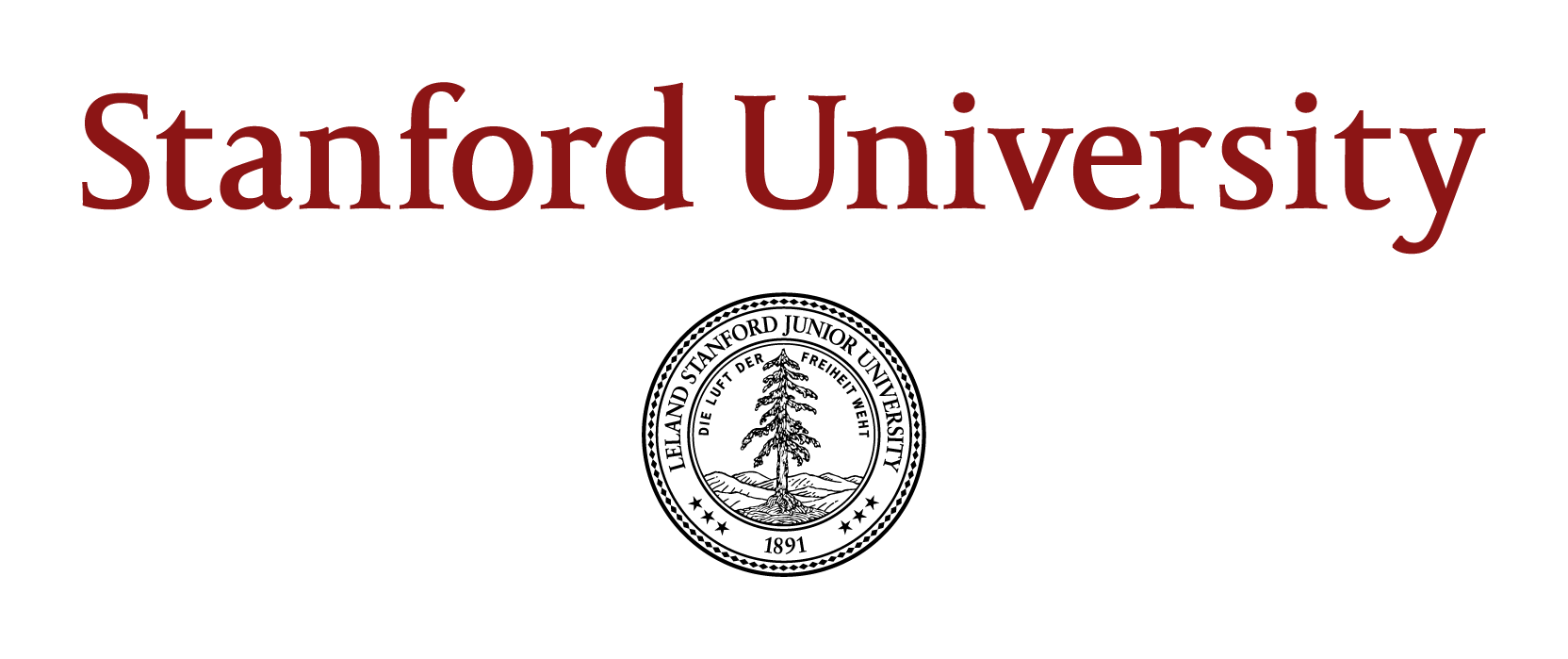Language, Gender, and Sexuality (2021-2022)
Introduction to Psycholinguistics (2022-2023)
Methods in Psycholinguistics (2023-2024)
Linguist
Digital Humanist
PhD Candidate
Salutations! I’m Brandon Papineau, but you can call me Bran. I am a 4th year PhD Candidate in Linguistics at Stanford University. I float between socio- and psycholinguistics, with a primary goal of using these lenses to examine how social information is integrated in cognitive processes such as referring expression production. I am particularly interested in the angles of gender and political identity/orientation.
Lu, J., Papineau, B., Jeong, S., Hernandez, A., Goodwin, E., and Anttila, A. Interspeaker Variation in Copular Agreement with Disjoined Subjects: an Optimality-Theoretic Account. Talk to be presented at the 2025 Annual Meeting of the Linguistics Society of America. Philadelphia, PA, USA, Jan 2025.

Language, Gender, and Sexuality (2021-2022)
Introduction to Psycholinguistics (2022-2023)
Methods in Psycholinguistics (2023-2024)
PhD Candidate
Masters of Arts, Linguistics
Master of Arts (Honors), First Class Distinction, Linguistics
Examining the female-talker default in experimental language acquisition research
Holtz, A. & Papineau, B. (2023)
Journal of Infant and Child Development
🦅 CAW-coref: Conjunction-Aware Word-level Coreference Resolution
D’Ooserlinck, K., Bitew, SK., Papineau, B., Potts, C., Demeester, T., Develder, C. (2023)
Sixth Workshop on Computational Models of Reference, Anaphora and Coreference [EMNLP 2023]
‘Sally the Congressperson’: The Role of Individual Ideology on the Processing and Production of English Gender-Neutral Role Nouns
Papineau, B., Podesva, R., Degen, J. (2022)
Proceedings of the 44th Annual Conference of the Cognitive Science Society
“Hooked on Celebri[ɾ]y”: Intervocalic /t/ in the Speech and Song of Nina Nesbitt
Papineau, B. (2020)
Lifespans & Styles 6(2)
Much of my work has examined the role that political ideology (and their interconnected social ideologies) play on language variation and change. I am working on a variety of projects under this umbrella, including the role of political ideology on the production of gender-neutral role nouns such as congressperson (Papineau et al., 2022). Currently, I am working on a project that examines the way the alt-right news site Breitbart employs language to delegitimize and demonize trans and non-binary individuals.
This project, a collaboration with Madelaine O’Reilly-Brown and Arto Anttila, examines variation of case in a particular set of Finnish embedded clauses known as “Itkonen Structures”. We build on work carried out by Itkonen in the 1970s, corroborating the claim of a change in progress with present-day data. An early version of this work was presented as a poster at the Angus McIntosh Centre for Historical Linguistics Symposium in 2022; the poster is available upon request.
In the spirit of lifting up other junior scholars, I’m providing here links to the websites of some of my friends. You know, just in case you’re bored of looking at my website and research.
But in all seriousness, please do check out these other wonderful scholars! They’re all doing magnificent work, and I’m proud to call them my friends and colleagues!